T-shirt wisdom on climate change: 10 wearable tips for making a difference
A lot of people feel overwhelmed by the challenge of climate change. What can one person, or even a community, do in the face of such a huge problem?
We’ve decided to put together 10 tips and ideas, both practical and inspirational, on what the ordinary person can do about climate change. Each suggestion is short enough to write on a T-shirt. In fact, you might be able to write them all on a T-shirt, if you really scrunched them in.
So be the change you wear to the beach! Each of us could reduce our footprint to something more sustainable.
1. Embrace protected areas. They belong to all of us.

Since they are managed to conserve biodiversity and maintain functioning ecosystems, national parks and marine protected areas are part of a natural solution to climate change. Learn how our protected areas can help ecosystems and people adapt to climate change impacts.
2. Step off the energy treadmill.
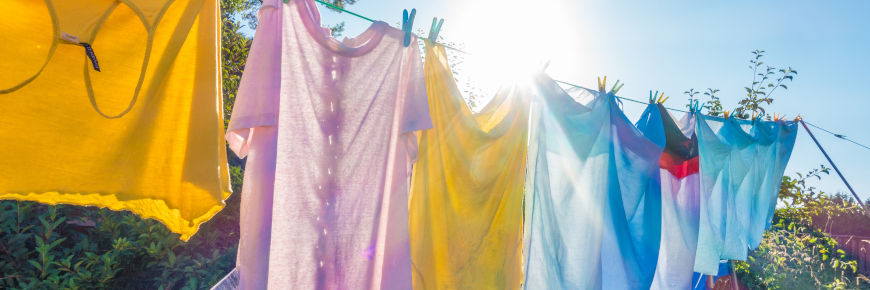
Use green power—or reduced power—for tasks large and small.
- Air-dry your clothes and hair.
- Wash your clothes in cold water.
- Ask your local utility or municipality about solar or wind power programs. Become your own power producer!
- Use light and outlet timers to save energy when you’re asleep or away.
- Control room temperatures by opening and closing curtains with the seasons.
Stepping off the energy treadmill doesn’t just mean being careful about energy use. It also means properly disposing of appliances like refrigerators and air conditioners. Some chemicals used in these appliances produce greenhouse gases that are several thousand times more potent than carbon dioxide.
Check out Parks Canada’s five green hacks to see how we’re exploring ways to reduce our own environmental footprint.
3. Green your ride.
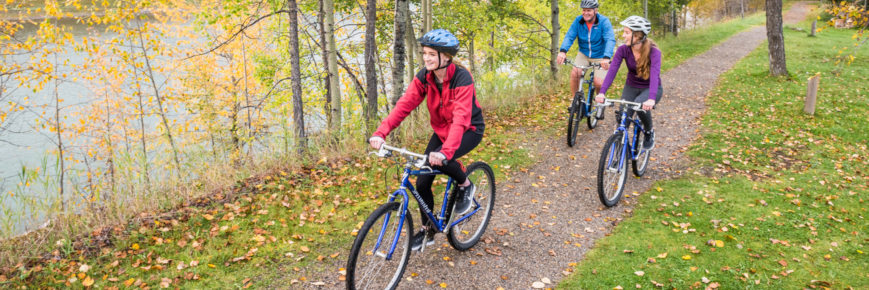
Try walking, cycling, carpooling and using public transport to reduce your carbon footprint. Walking or cycling is a perfect way to unwind after a busy day!
- Parkbus connects city dwellers with national and provincial parks.
4. Automatic pilot will lead you nowhere. Take control!
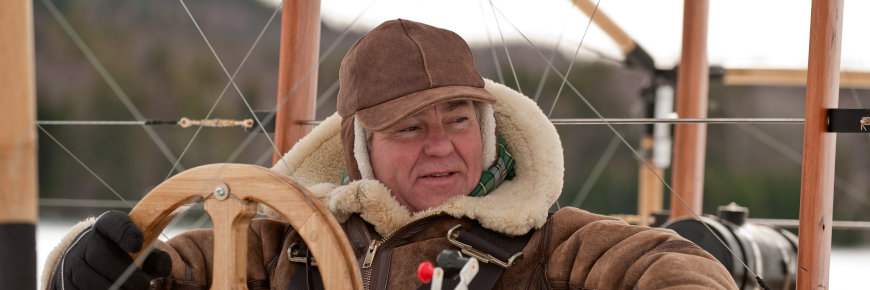
We often use resources—food, water, fuel, electricity—without thinking. Be mindful of your consumption. Know what you use so you can use less. A good first step is using a carbon calculator to gauge your carbon footprint.
You might also think about minimizing your footprint through carbon offsets. These help avoid and reduce greenhouse gas emissions through initiatives such as tree-planting and clean energy projects.
5. Protect biodiversity wherever you find it.
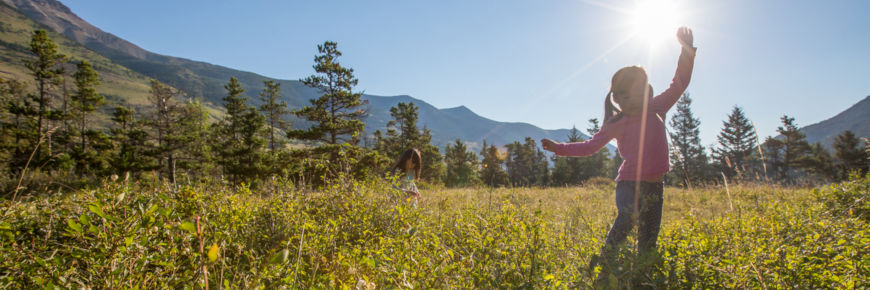
When a living system is diverse, it can respond better to disruptions. A healthy forest with many tree species, for example, can recover better from insect pests. A biodiverse world will be able to adapt better to the disruptions of climate change.
Protecting nature in all its variety also protects the “ecosystem services” that purify water, capture carbon, control floods and perform other vital tasks.
You can act on this tip starting in your own backyard, because biodiversity is found everywhere, from your garden to your continent.
- Get outside and start exploring!
- Get involved in conservation at Parks Canada.
- Join iNaturalist.ca to record and share your observations of the natural world.
- Protect nature’s carbon sinks like forests and wetlands
- Don’t forget that old favourite, planting a tree… or dozens of them. Preferably native species!
6. Be food-smart: buy local, avoid wastage.

Buying locally produced food is a good way to cut down on the energy costs (and the greenhouse gas emissions) involved in transporting it.
Being food-smart also means cutting down on food waste. When we toss out that old lasagna or the spoiled yogurt, we are wasting the energy that went into producing them. In addition, food waste in landfills produces methane—a potent greenhouse gas when released directly to the atmosphere.
7. Build green.

According to the Canada Green Building Council, buildings are the source of up to 35 per cent of all greenhouse gases. It pays to build green, whether constructing from scratch or renovating
And greening buildings isn’t just about new construction. You can literally save kilograms of greenhouse gas emissions each year through home energy retrofits and simple steps toward energy efficiency—like sealing a drafty window for the winter. Find out if energy efficiency audit programs are available where you live.
We’re also looking at how to prepare for climate change in Parks Canada places. Since 2017, we’ve been running a series of internal workshops exploring climate change impacts (and adaptation measures) for our sites and structures.
8. Reduce artificial light, day and night… but especially night.
![A starry sky with a meadow in the foreground.]](https://pcweb2.azureedge.net/-/media/WET4/nature/science/climat-climate/conseils-tips/lumiere-light-870-x-290.jpg)
If we could reduce the amount of artificial light, we’d not only save energy—we’d save the night sky. We’d bring back the stars and help those species (humans included) that need darkness.
Of course, even dark-sky enthusiasts need to light their houses. For your home lighting, consider LED (light-emitting diode) bulbs—specifically, those with the ENERGY STAR certification. According to Natural Resources Canada, these last at least 15 times longer than incandescent bulbs.
9. Don’t give in to the feeling, “I’m only one person…”
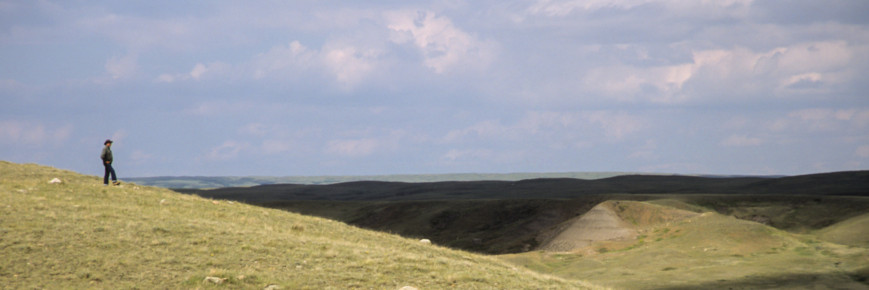
Yes, you are only one person, but when you act, you create a community.
Individual actions radiate outwards, like the ripples from a stone tossed into a pond, and can sometimes even reach another generation. So plant that tree, hop on that bicycle and keep re-wilding your back yard. It will catch on! And each action you take helps shift the culture of consumption towards the green end of the spectrum.
10. Take it outside… and be inspired.
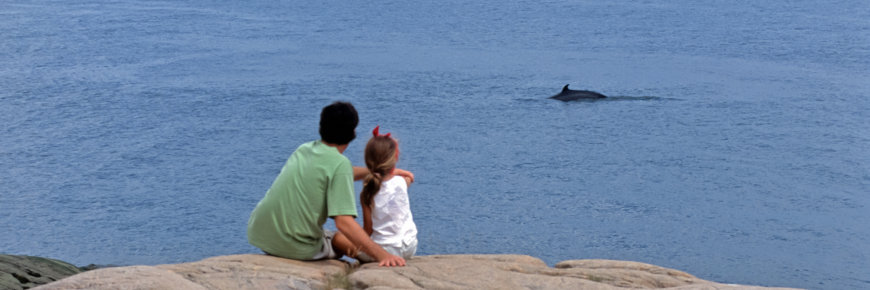
The evidence is strong and growing that people tend to be happier and healthier (as well as more creative) when nature is a meaningful part of their lives. They are also more likely to care for it.
And nature can light the fuse of inspiration—an essential element in tackling big social problems like climate change.
Parks Canada is playing a leadership role in #NatureForAll, a global movement to nourish a love of nature. Check out #NatureForAll resources for ideas on how you can share your love of nature and help build a culture of conservation, one person at a time.
- Date modified :